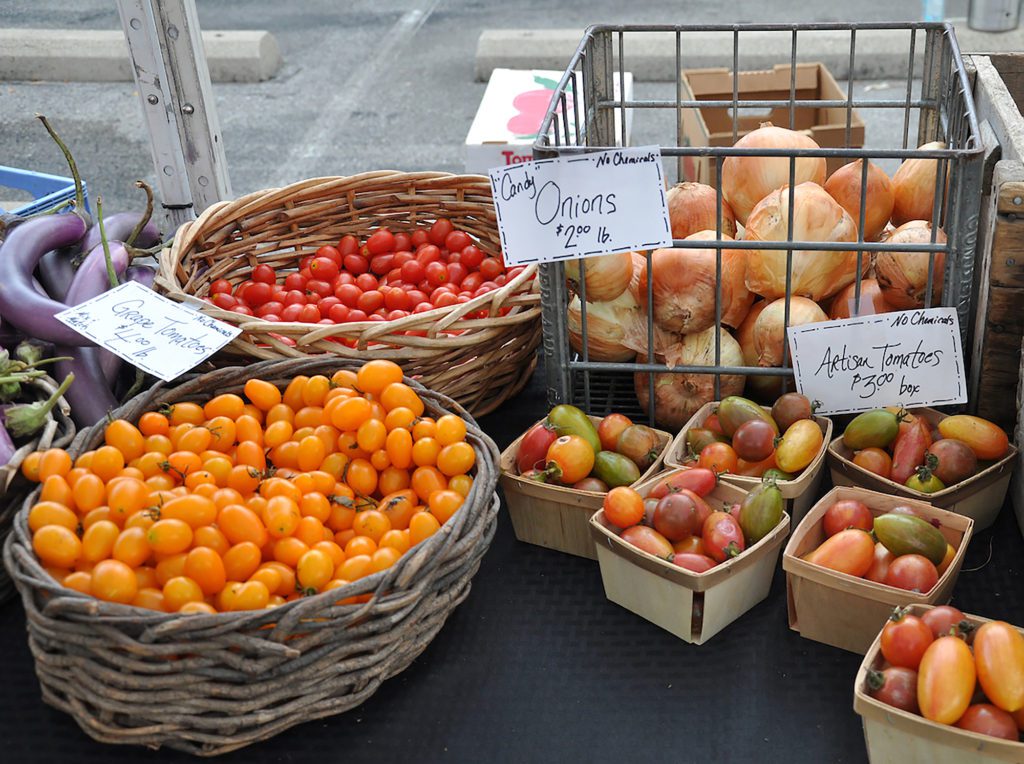

Jun 18, 2019Cold spring, California rains, set up 2019 harvest outlook
Plantings seem steady, but weather remains the unknown as growers estimate harvests yet to come in 2019.
A cold spring had in late May delayed the harvests of spring crops like asparagus, while sizeable spring rains in California also caught the industry’s attention.
Whatever was to come next, growers seemed to have planted with a certain optimism. In the Vegetables and Pulses Outlook published by the USDA’s Economic Research Service (ERS) officials forecast that a steady 7.7 million vegetable acres would be planted in 2019 – more than 2018’s 7.3 million acres, but less than 2017’s 8 million acres and even slightly less than 2016.
Production was forecast by ERS at 1,299 million cwt. – up from last year’s production (1,269 million cwt.) and 2017 (1,283 million cwt.), but down from 2016 (1,332 million cwt.) Crop value was forecast at just over $20 billion, more than a billion over last year’s value, but a billion less than in 2017.
And yet, growers and others in the industry continued to watch the sky. Spring rains in California caused some concern.
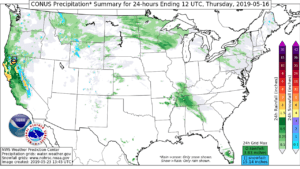

“We have had a substantial amount of rain here in May,” said Daniel Sumner, director of the University of California’s Agricultural Issues Center. “We’re harvesting crops here year-round, and San Diego had the coldest May 22nd in history. So it’s cold and rainy and it’s very weird. We expect summertime, and we’re having wintertime in late May.
“It is disruptive,” he said. Rain can get in the way and slow down harvests in California, where growers plan for most precipitation coming in the winter and don’t like rain on standing crops. “I would defer to people in the industry, but it certainly is something to keep an eye on.”
Precipitation varied greatly throughout California’s strawberry-growing regions. May rains dropped more than inch of rain on the strawberry growing regions of Watsonville and Salinas, while Oxnard received less than half an inch, said California Strawberry Commission Communications Director Carolyn O’Donnell.
“We have more of a predictable weather pattern in this year than in previous years,” she said. “It’s not unusual for us to see some rain in May.”
She said there was a short-term concern about mold on strawberries due to the rain.
Meanwhile, southern Florida growers rejoiced in dodging October 2018’s Hurricane Michael, and will likely continue diversifying their crops. Southern Florida plantings typically begin in August, with harvests starting in October.
While the state’s go-to vegetable is the fresh tomato, Gene McAvoy, the University of Florida director of southern Florida’s Hendry County Extension, said there’s an increased diversity of plantings in recent years – everything from “arugula to zucchini” and he expects more of the same this fall.
Florida growers see themselves as competing directly with Mexican growers, and thus have expanded into a greater variety of crops, just to stay competitive.
“Mexico’s growers, now anytime they see something that looks good, they get into it,” McAvoy said. “They’re not asleep at the wheel.”
Florida in recent years has planted roughly 45,000 acres of sweet corn, as well as a sizeable planting of bell peppers.
Here’s more detail on specific crops around the country:
Strawberries
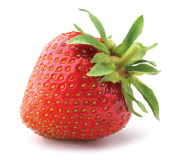

In some previous years, California strawberry growers have set production records while reducing their planted acres due to higher-yielding plant varieties. But O’Donnell said she wasn’t able to predict whether the state could set a new record.
“It’s possible. It always depends on the weather,” she said.
Soilborne diseases are also a challenge for some growers in an age where standby chemistries for soil fumigation have been phased out. Fusarium, macrophomina and verticillium are all concerns on strawberry crowns.
About half of the California strawberry crop is harvested after July 1, according to the California Strawberry Commission’s website. The commission’s “pink sheet” newsletter that tracks fresh strawberry shipment data from the USDA, showed that, by mid-May, California and Florida shipments of strawberries were behind where they had been the previous two years, while Mexico shipments were up.
Asparagus
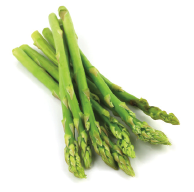

The Yakima Herald reported cold weather and snow delayed the harvest in Washington.
It was the same story in Michigan, where the Michigan Asparagus Advisory Board (MAAB) reported that late cold weather dropped six inches of snow. April snows and cooler-than-usual temperatures also delayed the crop, but good yields quality were expected for the season.
The cold spring weather gave growers extra time to prepare fields and complete beginning-of season tasks like mowing and fertilizer application, MAAB said in a news release.
Carrots
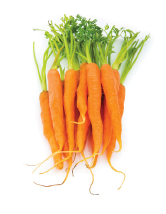

Leafy greens
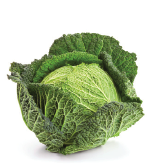

Since that time, growers in Arizona and California have significantly stepped up their food safety activities. For instance, the California Leafy Greens Marketing Agreement’s board of directors in April voted to strengthen mandatory food safety practices required on farms.
Onions
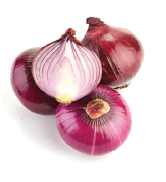

“The downward production potential is likely based on the decline of normal monthly precipitation and a rise in monthly normal temperatures during the critical development period for onions in the major growing regions,” according to the Vegetables and Pulses Outlook.
Tomatoes
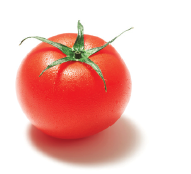

In Florida, where fresh tomatoes are the state’s second-biggest crop, second only to citrus, growers had a good season.
The harvest that ended in mid-April went well, McAvoy said. Hurricane Michael in October 2018 hit the Florida panhandle and Georgia but missed most Florida tomatoes.
“We actually had a good year compared to the last few,” he said. “We had a very decent year, price-wise, until the very end of the season.”
Peppers
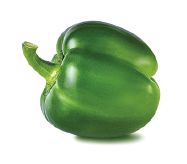

He said there also appears to be less demand for sweet peppers due to changing demographics and interest in peppers that are spicier.
– Stephen Kloosterman, associate editor
Above photo by Gary Pullano














